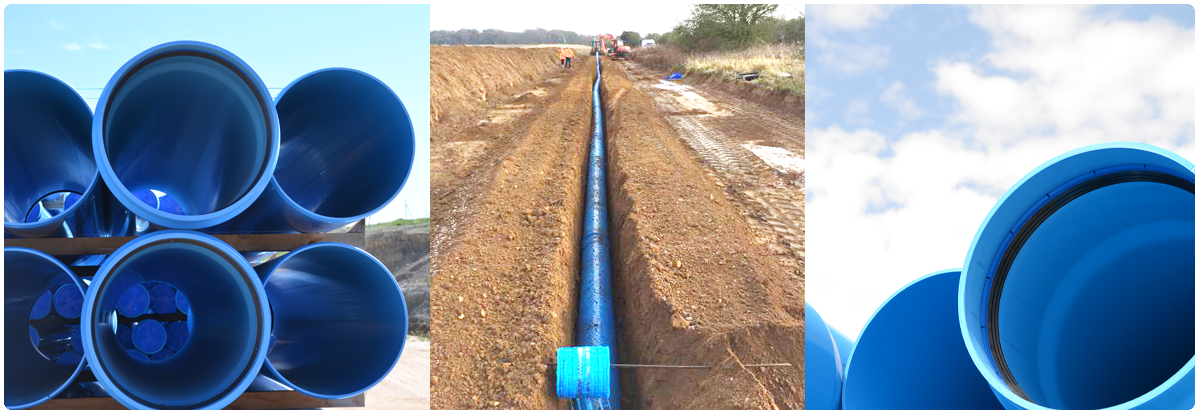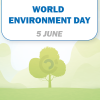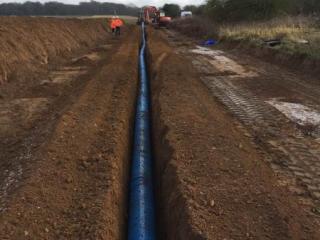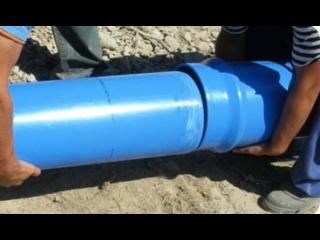
The installed pipe is one of the most important elements of the network, therefore, the importance in the choice of the material to be used. At this point it is very important to take into account the quality of the material, its durability and of course, its contribution to the environment. The environmental impact of a pipe system depends on its composition and on the application to which it is intended, being the type of raw material used, the production process, the finish of the product, and its useful life the main factors that determine the efficiency and sustainability throughout its life cycle. The European Commission has compiled all methods at European level and launched the Common Recommendation for Environmental Footprint Calculation 179/2013/EC in 2013, in order to establish the principles for communicating the environmental performance of a product or organization, which should include: transparency, reliability, integrity, comparability and clarity. Environmental Footprint Study of an Oriented PVC Pipe System (PVC-O) according to the European Commission’s recommendation for calculation in order to show its environmental performance and its best contribution to the sustainable development of the planet.
Mick Renshaw, Construction Manager and his team have been using a new material, MoPVC (Molecularly Oriented PVC manufactured by Molecor in Spain) on our Ringstead Resilience and Sustainability water project in Norfolk. Read on to find out about the benefits, and how using MoPVC could save £50k on this scheme alone.
MoPVC comes in six metre sticks and despite having a thinner wall than traditional PE; it is very strong but also light weight. This means that often MoPVC does not require mechanical lifting, so our workers can move it manually, without the need to factor in expensive equipment.
A great feature of this product is its jointing method, which differs to previous versions. MoPVC has a spigot and socket with a ‘locked in seal’ meaning it is practically impossible to dislodge it. There is also an insertion depth mark on the pipe so you can be sure it is pushed fully ‘home’. Because of MoPVC’s thinner wall in comparison to PE, in many cases a smaller pipe can be used because it still has a larger hydraulic capacity than that of a larger size of PE. This can render considerable savings.
Mick Renshaw, Construction Manager said:
“This product allows quicker installation due to its easier-handling because it can be installed as you dig. On our water infrastructure project in Norfolk, 315mm MoPVC has been used along a seven km pipeline, which would have otherwise taken weeks to set up because of welding and other factors.
“What makes this product even better, is that while PE pipes are sometimes cheaper, the time-saving benefits of using this material equate to approximately £50k on the scheme.
“We haven’t used any generators or butt welding equipment or tents. This is the first time we have used this material in a cross-country pipeline and it’s very simple to install. The programme is currently ahead of schedule and due to finish in April 2019."
The preservation of the scarce natural water resources available requires, among other actions, the avoidance of losses of the piped water, and the optimization of the hydraulic networks is necessary. Both their modernization and the choice of the material to be used in such pipelines are key factors in ensuring these challenges. Molecular Oriented pipes, are increasingly used in pressure water pipeline works, being the current solution of greater efficiency in the management of the hydraulic resources that demand the modern infrastructures and those that the best environmental performance present.
Thanks to the molecular orientation, PVC-O pipes present advantages applicable to both the quality of the product and its mechanical properties, as well as increased installation performance and the minimization of energy costs during operation, thus achieving very high cost efficiency in the implementation of water networks.
It should also be noted that PVC-O pipes are the most environmentally friendly solution, presenting a significantly lower environmental footprint than other alternative products. This is due both to the energy efficiency achieved during manufacture and use, and to the reduced emission of CO2 into the atmosphere throughout its life cycle, thus making a smaller contribution to the global greenhouse effect and climate change.
They offer a better behavior of respect for the environment, presenting an environmental footprint inferior to other materials, improving the contribution to the correct sustainable development of the planet, and optimizing the consumption of natural resources.








